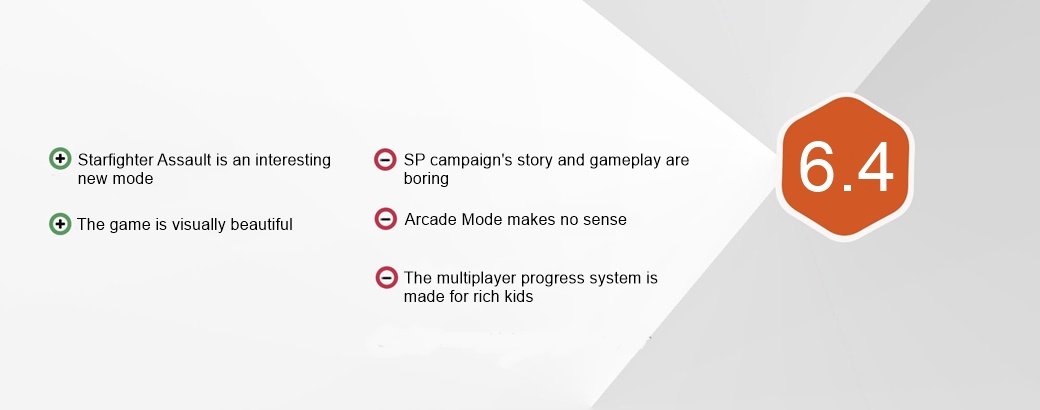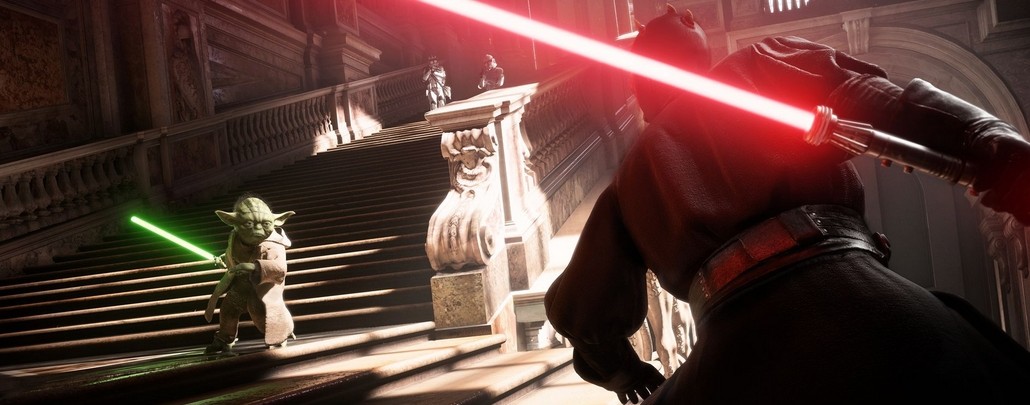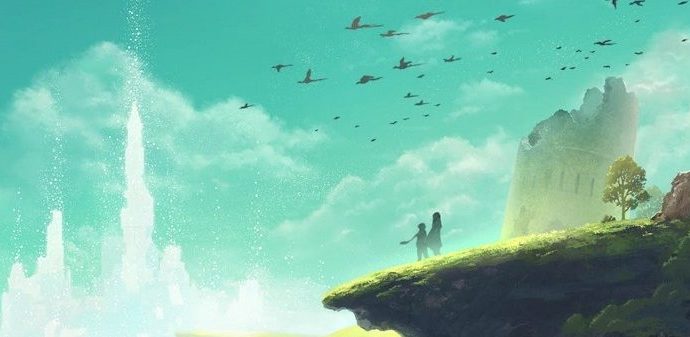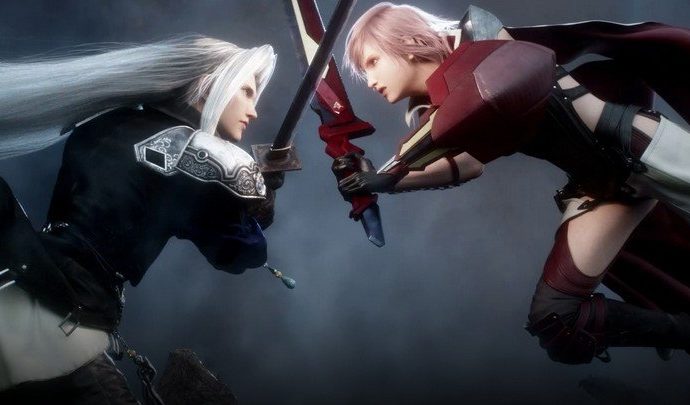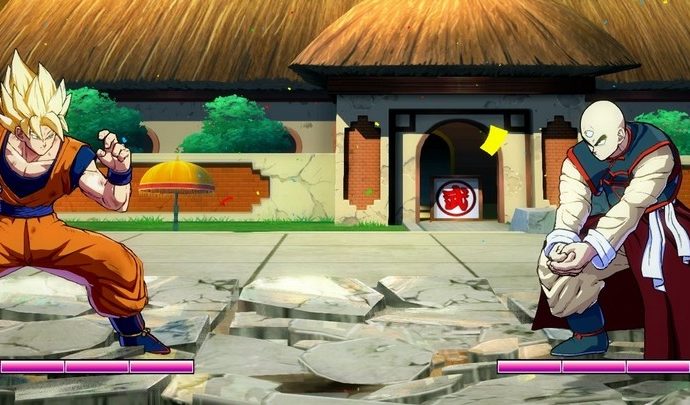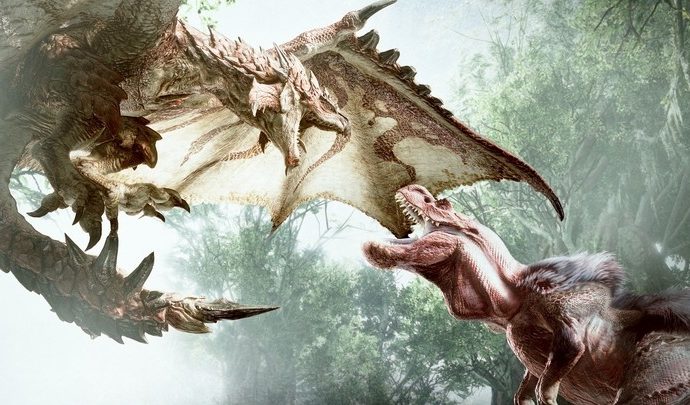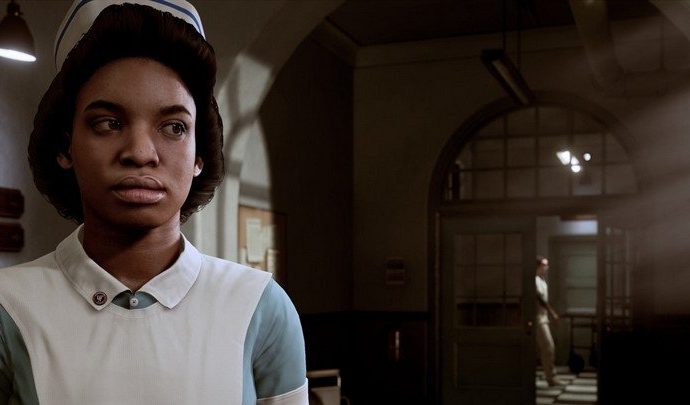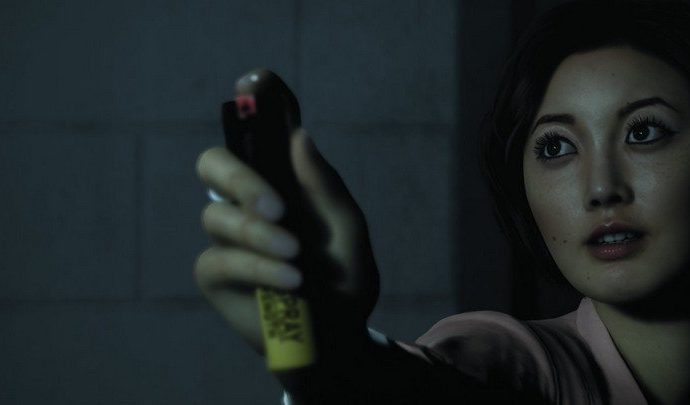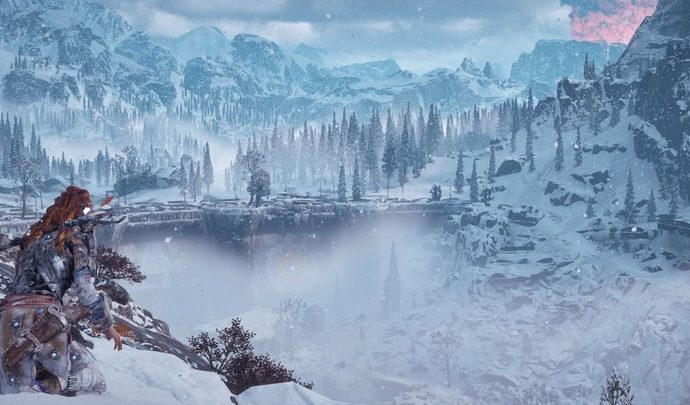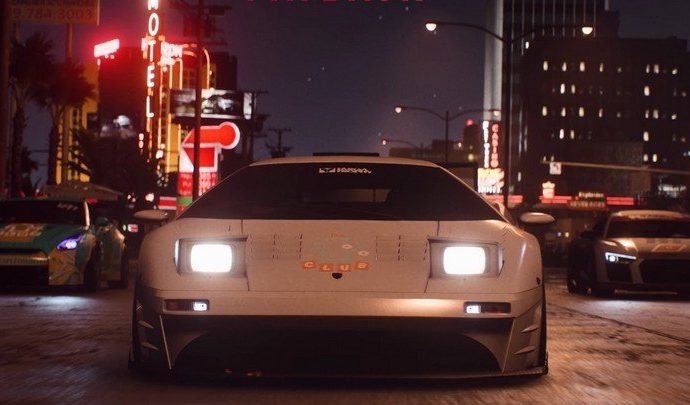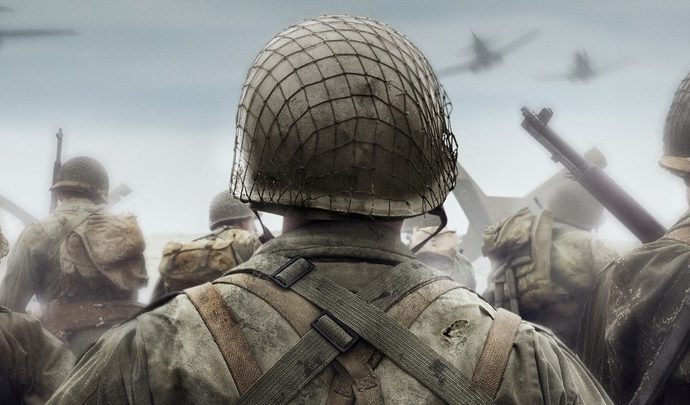Battlefront II‘s singleplayer campaign begins promisingly and briefly touches on the motif of excessive self-confidence. The story is about the events between the sixth and seventh episode of the Star Wars, a canon that no other medium will materialize. The final spice of that delicacy is the fact that Iden Versio, the commander of the imperial Inferno Squad, is in the lead.
The story rests on a weak basis, and the gameplay is pretty unattractive during the campaign. The shooting was not interesting in any moment because there was no catch that would make it specific, for example, like the destruction of the environment in the Bad Company or any mechanic in the Titanfall 2. I will only admit that the space battles were more interesting than I thought they would be. If they were somehow implemented with VR device support, it would be a real spectacle!
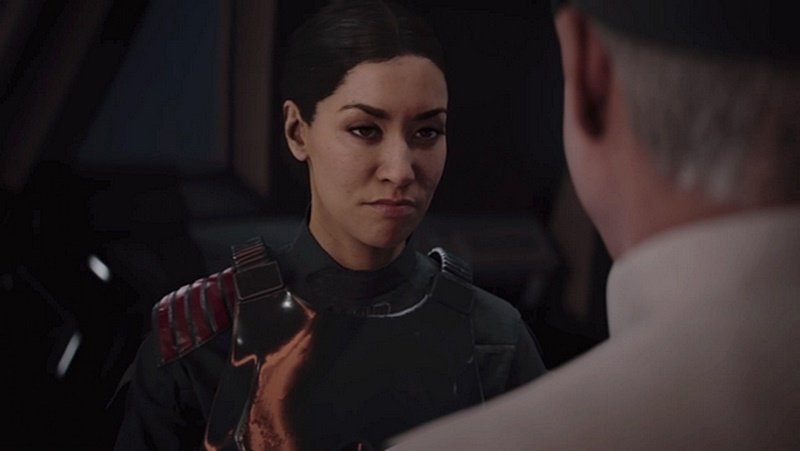
Still, Battlefront II has something worse than the campaign itself. It’s called the Arcade Mode, the same one that served as a multiplayer match training in the first part. It has the same role here, or at least the game is trying to convince you it does. And the truth is that the Arcade Mode will not teach you anything. You have about twenty different scenarios, but they are focused only on Team Battle and Onslaught matches, and multiplayer is based on a number of other models. The only reason you might want to play is a cash prize at the end of each scenario, but DICE has made sure that the reward is time-limited.
The countdown to the award is not the only common feature of BattleFront II and mobile games. The entire multiplayer structure in Battlefront II is designed for you to spend more real-life money to save time. Star Wars: Battlefront II currently does not include the microtransactions and it will stay that way until further notice. Once you have the opportunity to buy loot box again (and be sure you will), there is a realistic and justified fear that Battlefront II will become a pay-to-win part of the title in which you can pay to be better than others.
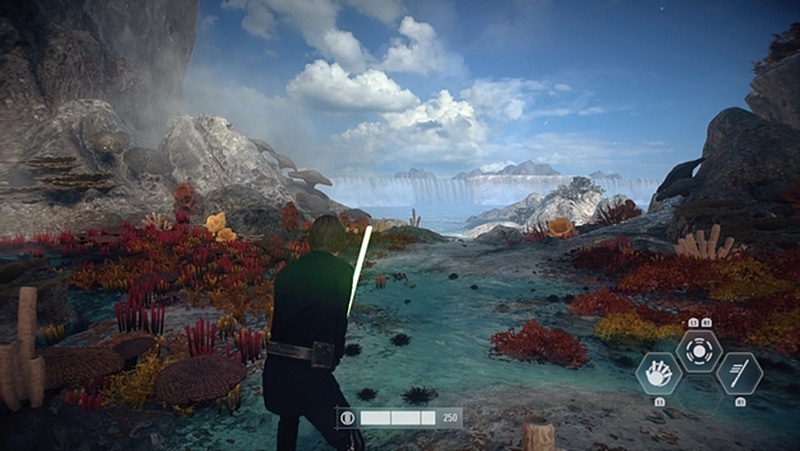
As for the specific time to unlock the hero/class, yes – you need a double-digit number of hours to unlock a character with special features, and no – we do not have all that time to play one game. But let’s clear one thing – Battlefront II does allow you to play with Darth Vader and other Star War icons after 15 minutes in the game and even less.
In the Galactic Assault there are 40 players in the field, and the tasks are mostly based on the CTF principle. It is played on 11 maps that are sufficiently different from each other and are designed so you can frame them roughly after a few games. Starfighter Assault is a new mode that moves the battle into the space spheres where we are managing the Star Wars warships. This mode is designed for 24 players per server, but you can find bots in the middle of the battle. That combination of bots and real players adds a bit of life to Battlefront II.
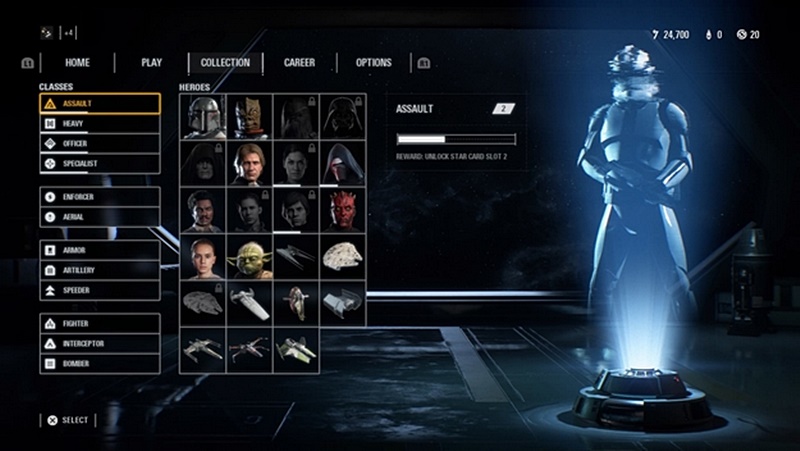
The shooting pattern did not change much compared to the first part, whether you are targeting from the first or third person POV. The same goes for controlling the heroes who use lightsabers and who are once again clumsy in the attack. Blocking the attacks with a lightsaber still persists (except in the case of rejecting the bullets), so the clashes are again inferior to what had existed since the era of the Jedi Knight games.
Different heroes/classes offer quite different gaming experience, and it should be pointed out that Battlefront II never seeks a team game in the main modes in the sense that one of the 20 players in the team must play one role at a certain time. Team game has come down to getting as many players as possible near the point where the action takes place and that as many players in the team are precise snipers, all in order to win.
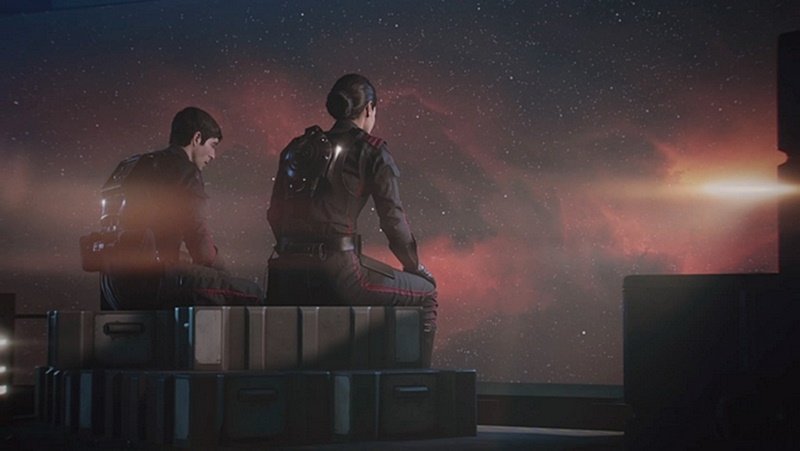
Given that players in Battlefront II are not fragmented with those who have DLC content and those who do not have them, finding matches generally runs fast. Entering matches is more time-consuming than searching for matches.
Regardless of the version, Star Wars: Battlefront II is a graphically enchanting game, sharp in detail just like Crysis in its time. Given that the four-year old Frostbite launcher is used here, it does not look like a game on the threshold of a new generation of graphics, but it is still at the very top of the offer.
